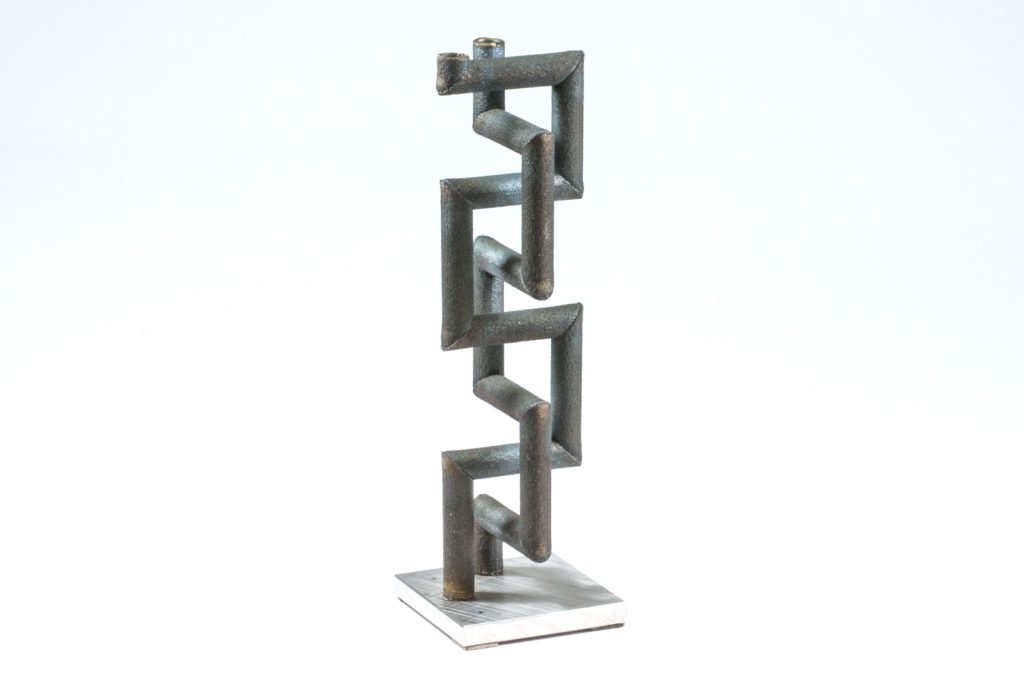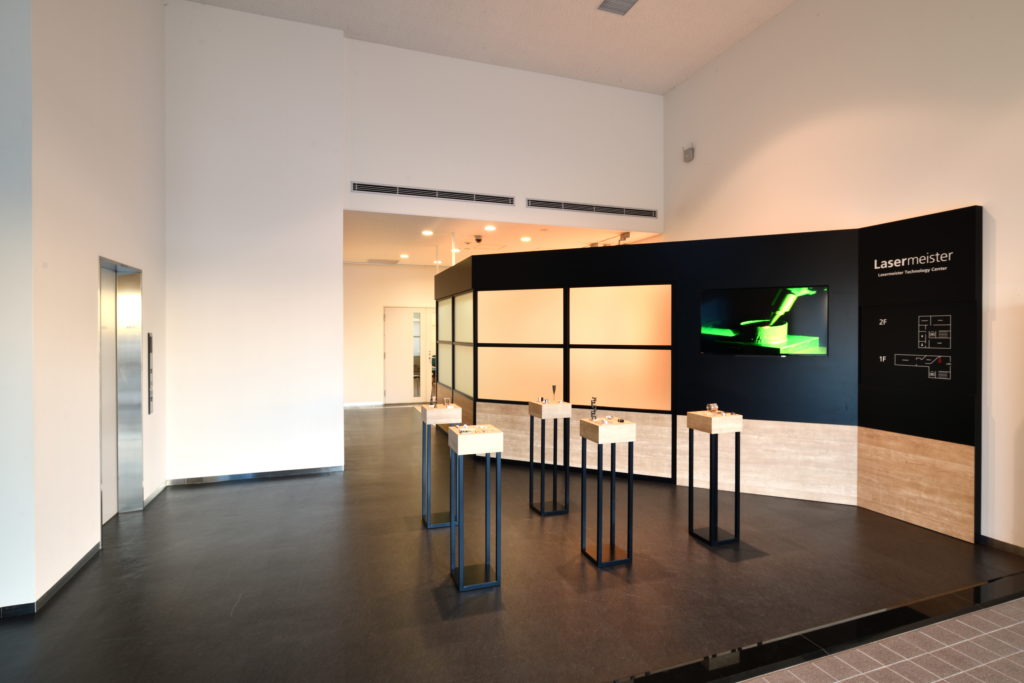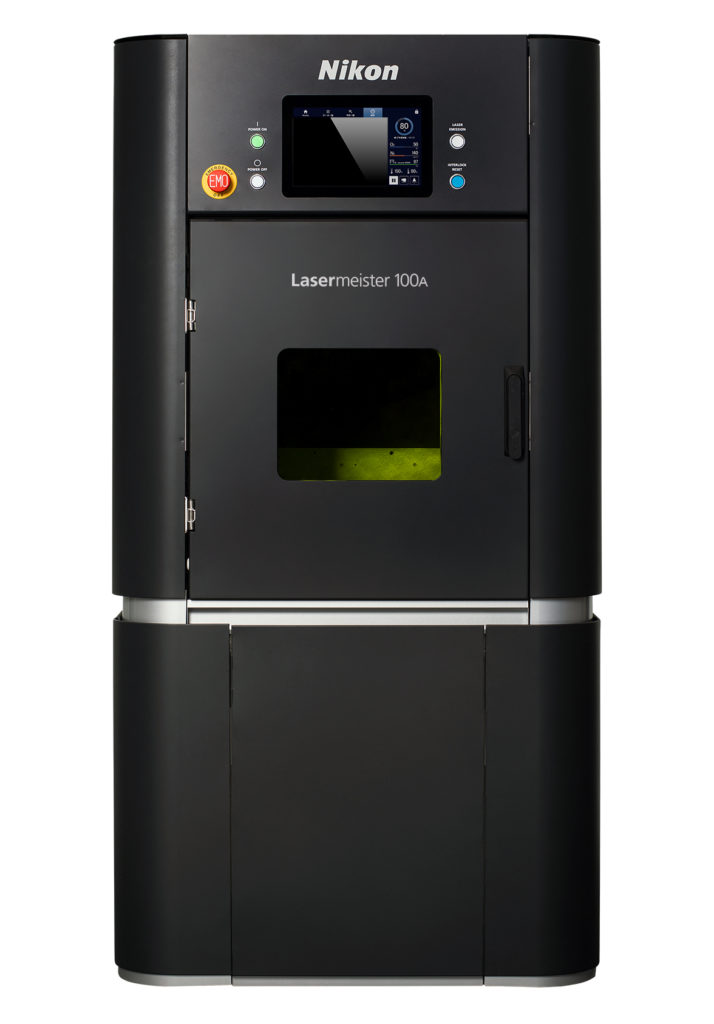
MarCom Supervisor, Marketing section, Business Planning Department Semiconductor Lithography Business Unit & Corporate Branding Section Corporate Communications Dept. Corporate Strategy Division, NIKON CORPORATION
For the average consumer, Nikon is the company that helps him capture the essential moments in his daily life by providing optical lenses (including those for the first Canon cameras) and equipment used in cameras, binoculars or even microscopes. For companies, Nikon is one of those players that brings a significant contribution in the resolution of industrial challenges. In the additive manufacturing in particular, Nikon is known as the supplier of inspection and metrology equipment.
The Japanese manufacturer has recently added a new core business to its activities in the additive manufacturing industry. By combining its expertise in inspection equipment to the requirements of additive manufacturing operators, the company has developed its first metal 3D printer.
Before talking about the metal 3D printer, it was important to first understand the link between, metrology and additive manufacturing, and what explains Nikon’s move in the manufacturing of 3D printers.
Yoshiki Kitamura discussed this topic today in the #OpinionoftheWeek .
Metrology for additive manufacturing

There are various metrology methods: X-ray computed tomography (XCT) for defect detection, surface structure and morphology characterization, as well as microstructure characterization.
There’s not enough data for designers and manufacturers to accurately predict the performance of some 3D Printed parts, measurement methods therefore come into play to help achieve this prediction.
Furthermore, in order to make factories faster and flexible, inspection is absolutely necessary. In other terms, the more companies take advantage of measurement methods in AM, the more they will be able to work in an Industry 4.0 environment.
As far as Nikon is concerned, in addition to its measurement products, the company has recently unveiled its first metal 3D printer Lasermeister 100A and has celebrated the opening of a Lasermeister Technology Center in Nikon Kumagaya Plant. The center offers both a practical experience on metal processing experience and advice to users. Moreover, the company uses its original calibration & metrology technologies to facilitate operations within the AM industry.
Explaining the move in the manufacturing of 3D Printing technologies and the focus on metal 3D printing technology.

For several years, Nikon has been involved in the development, manufacturing and sales of semiconductor lithography systems .
Using this expertise in advanced optical technology and precision control technology, the company wanted to go further in new technologies, and chose a field of activity whose potential in the upcoming years has already been stated: Additive manufacturing, hence the development of this smaller sized and less expensive processing machine.
The choice goes for metal 3D printing because plastic 3D printers are widespread enough. For the company, “metal 3D printers are so large, heavy and expensive, that they are not [yet] widely used. One main reason that explains that is the expensive cost of optical components.”
How does the 3D Printer distinguish itself among others of the same range?

“This optical processing machine is a Nikon’s proprietary metal processing machine that performs various metal processing with ease and with high precision using laser. Its capability encompasses not only additive manufacturing as a 3D printer, but also, laser marking & welding and even polishing.
The Lasermeister 100A requires no cumbersome “initial set-ups” that are typically performed for metal processing machines because it automatically recognizes the part and automatically starts processing it.”
Nikon is offering the market a 3D printer that can satisfies several targets. With 1.7 m in height with a footprint of 0.64 m2, the 3D printer does not require too much place and is convenient for projects in R&D facilities, companies, schools or in a simply office.
Availability of the 3D printer
For now, the 3D Printer is only available on the Japanese market. The Japanese company will definitely sell this product in other countries in the US and/or in Europe in the future but timing is not yet defined about that.
In the meantime, the company strongly believes that conventional metal processing machines conjure up the image of being “big” “expensive” and “hard to use.” An image that the Lasermeister 100A is going to drastically change by providing an affordable solution to a wide range of people and industries.
Would you like to subscribe to 3D Adept Mag? Would you like to be featured in the next issue of our digital magazine? Send us an email at contact@3dadept.com
//pagead2.googlesyndication.com/pagead/js/adsbygoogle.js (adsbygoogle = window.adsbygoogle || []).push({});

